In use 1914-1945 (1945) Year built 1914 | Battles/wars Second World War Owner Air Ministry | |
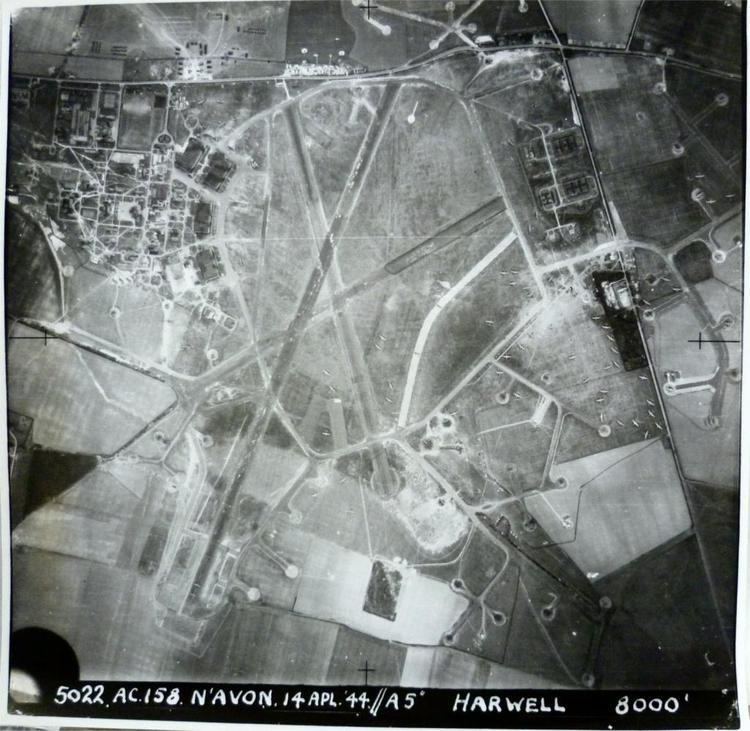 | ||
Controlled by Royal Flying Corps Royal Air Force | ||
Royal Air Force station Harwell or more simply RAF Harwell is a former Royal Air Force station in former Berkshire, England, near the village of Harwell, located 4.8 miles (7.7 km) south east of Wantage, Oxfordshire and 17 miles (27 km) north west of Reading, Berkshire, England.
Contents
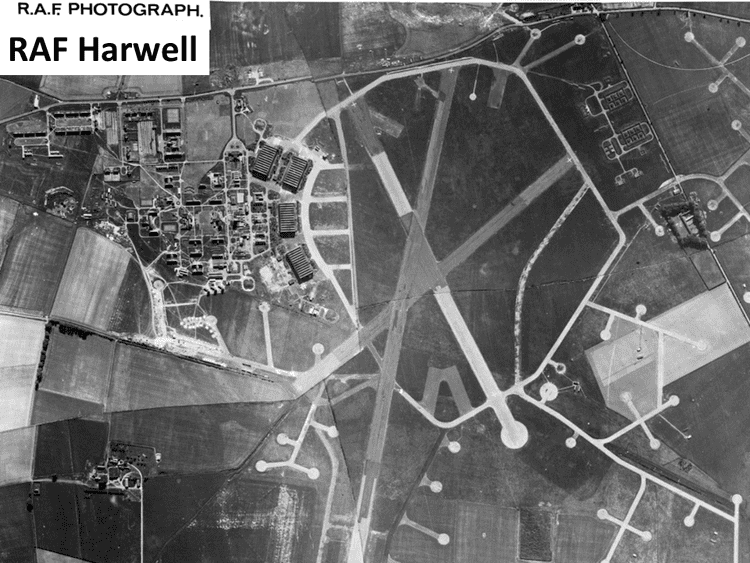
The site is now the Atomic Energy Research Establishment and Rutherford Appleton Laboratory and is located in Oxfordshire.
History

The airfield was built by John Laing & Son at the junction of three parishes in 1935. The bulk lay within Chilton parish; about a third was in East Hendred; and the smallest portion was in Harwell. The first Commanding Officer, upon being asked what the name of the new airfield should be, responded that it should be named after the parish in which his house lay – and this happened to be Harwell.

From its opening in February 1937 until March 1944, various bomber squadrons were stationed at the airfield. On the outbreak of the Second World War, it became part of No. 38 Group RAF, initially used leaflet missions over France using Vickers Wellington bombers, later bombing raids on Bremen, Cologne and Essen. There were numerous Luftwaffe raids on the airfield from August 1940 until September 1941. The original grass field was replaced with concrete runways between July and November 1941.
The following squadrons were posted to Harwell:
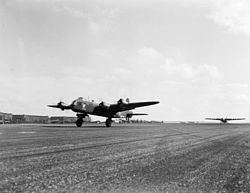
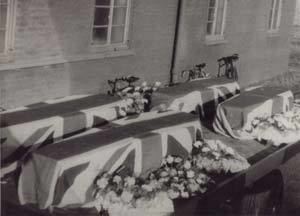
In March 1944, it was reallocated to 30 Group Airborne Forces, where it mainly operated tug aircraft towing Airspeed Horsa gliders. These gliders were used in a number of operations including carrying troops into Normandy to secure vital strategic positions in advance of the main landings on D-Day. In fact the first glider-borne troops to arrive in Normandy on D-Day came from RAF Harwell. A memorial to the men who flew from RAF Harwell who were killed on this operation now exists at one edge of the old airfield site, and a memorial service is held there annually. The airfield was also used briefly for Special Operations Executive (SOE) operations between July and September 1944.
Current use
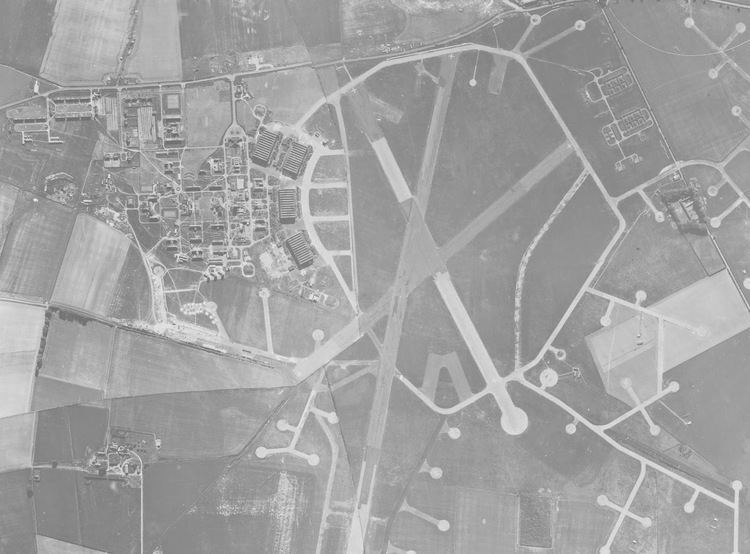
The RAF station was closed at the end of 1945 and the site transferred to the Ministry of Supply on 1 January 1946, where it became the Atomic Energy Research Establishment.
